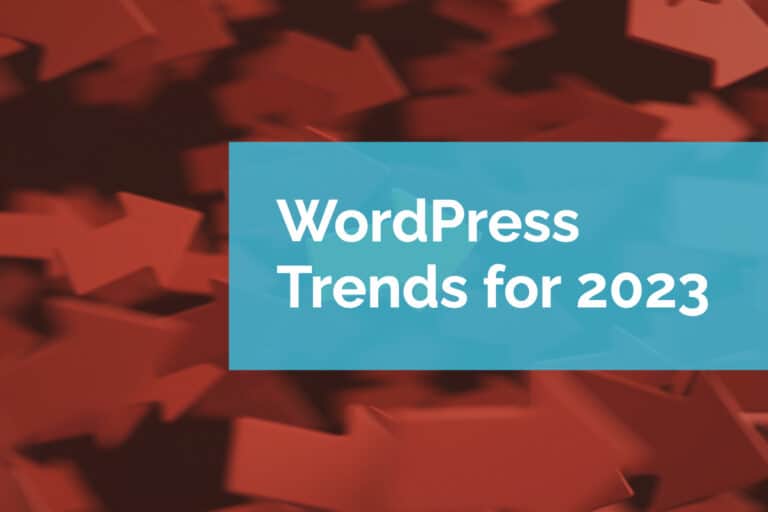How the Right Theme Can Increase Conversions
It is often perceived that investing in SEO will fast-track you to a heavy stream of organic traffic and conversions. But while you may generate greater traffic volume, it does not mean you will have a corresponding increase in conversions.
The reason is simple. Your website and the environment you create around your brand govern how successfully you can convert leads to customers.
The best way to think about creating a conversion-optimized environment is by considering how most websites are built.
Assuming that you are not going down the fully customized route (a fair assumption for most businesses) you will begin with a website theme.
Choose the Right Theme
The theme you choose is not going to transform your conversion rates overnight. What it will do is form a strong foundation for creating a conversion-optimized environment on your website.
The theme will also set a baseline for your website’s speed and potential for optimization. Conversion rates are directly related to page load times, so if your website pages aren’t loading quickly, they are simply not conversion-optimized.
Your website theme also affects your ability to edit and design key interactions such as calls to action and menus.
Fortunately, most themes have templates that include conversion-optimized pages. These allow site owners to create landing pages and sales pages without needing to hire a designer or developer.
There’s no doubt you are waiting for a theme suggestion, so here goes. Based on our experience with WordPress, we have had superb results with Astra for a number of reasons. It is able to balance being lightweight, performance-optimized, and user-friendly with a ton of optimized templates.
Focus on Pain Points
Above all else, you need to focus on selling the benefits of your product to the customer, not just bore them to death with features.
Pain points should influence your call-to-action messaging. The commonly used “Buy it now” or “Sign up” messages get tiresome and disengaging for users. However, if you directly address a problem they are having with a concise CTA, you might be surprised at how much more engaging it can be.
For example, if you are working within web development and selling performance optimization services, test out more direct copy such as “Boost your website speed” rather than the cliché “Try it now.” Creating targeted copy taps into your site visitor motivation and their pain point.
Know Your Audience
Knowing what your visitors’ pain points first require you to know who they are and how they engage with your brand.
A website that attracts tens of thousands of site visitors is not necessarily a successful one unless its sole purpose is to do just that. It is more valuable to generate organic traffic that is of high quality.
What do we mean by that?
A high-quality audience will keep coming back and are fans of your brand. These people will recommend your brand to others within their communities.
Google Analytics is invaluable in collecting data regarding visitor activity, demographics, and interests, and especially in comparing this data across social media platforms and your website.
It is often surprising to understand which demographics interact with your business and through what channels. You want to learn how your target audience compares with the visitors who are clicking through and assess those conversions. Perhaps click-throughs are not converting only within a certain demographic? Only the data can tell.
These are crucial insights that will allow you to not only deliver more relevant content but also tweak your content to be more converting.
Of course, quizzes and forms are always a fallback option.
A/B Testing
Tracking the performance of your content is hugely important, but A/B testing optimizes this process by giving you a clearer picture of how your content is engaging.
To be effective, you should compare content that is essentially the same minus a single detail like the CTA, heading copy, or different media formats. If you are selling products with specific features (and inherent benefits), you can focus on each of these points and gain insight into your audience’s priorities.
A/B testing, if done correctly, can open the floodgates to more informed and better-targeted content across your entire site.
Expanding beyond site content A/B testing, this format can also be applied to digital advertising. The process can be far simpler than testing content because you can place different versions of an ad into a rotating ad group and assess how each ad within that group is performing.
Choose Your Plugins Wisely
Looping back to our primary point regarding how a website theme can affect conversion rates, it is impossible not to talk about plugins.
The selling point of many plugins now is the sheer amount of functionality they provide. It is a strong sales pitch, but website owners must question whether it is necessary. After all, the pay-off for endless functionality is a reduction in your site performance.
Plugins are merely one factor that can severely hamper website performance and harm your conversion rates.
The Easiest Way to Optimize Your Website
While we strongly recommend taking the steps mentioned in this article, there is also a lot of opportunity for optimization with your existing website and ecosystem. The best place to start is with a general website audit that takes a holistic look at how different mechanisms of your website interact with each other.
Website optimization is an ongoing process, just like SEO. With constant updates to your CMS, themes, plugins, and content, small cracks can begin to appear without you even knowing it. Over time these can build and begin to hamper your website performance.
If you are keen to get on top of your website optimization today and set a plan in place for it to perform at its best, schedule a call with Pixel Jar today.






